Can Cats Eat Cranberries? A Comprehensive Guide to Feeding Cranberries to Your Cat
- 7 Mar 2025 10:39
As a cat owner, you’ve likely wondered about sharing your food with your furry friend. While it’s tempting to offer your cat a bite of whatever you’re eating, not all human foods are safe for cats. One food that raises many questions is cranberries. So, can cats eat cranberries? Are they safe for your feline friend to snack on? In this article, we’ll break down everything you need to know about cranberries and their impact on your cat’s health.
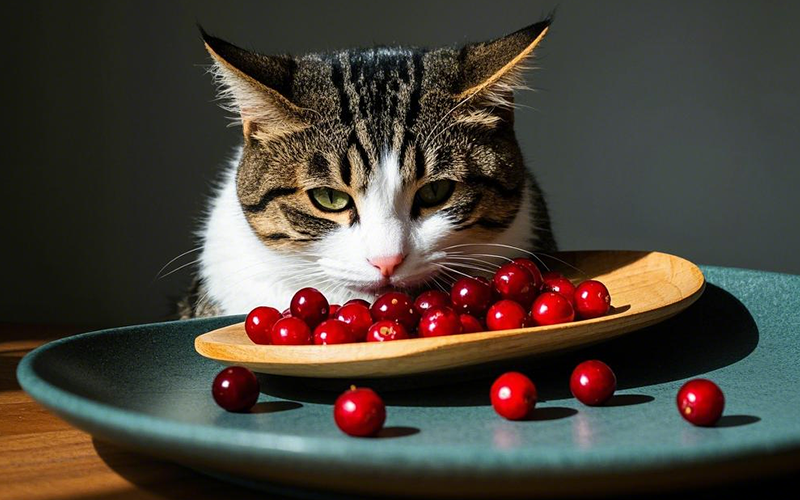
1. Understanding Cranberries and Their Nutritional Value 🍇
Cranberries are a small, red fruit known for their tart taste and numerous health benefits for humans. They are often celebrated for their role in preventing urinary tract infections (UTIs) in humans, thanks to their high content of antioxidants and compounds like proanthocyanidins.
But what about cats? Can they benefit from cranberries in the same way humans do? To answer this, we need to look at whether cranberries are safe for cats and how they might affect your feline’s health.
2. Can Cats Eat Cranberries?
The short answer is yes, cats can eat cranberries in moderation. Cranberries are not toxic to cats, and they can even offer some health benefits. However, there are important things to keep in mind before offering cranberries to your pet.
2.1 Potential Health Benefits for Cats 🐱💪
Cranberries contain vitamin C, fiber, and antioxidants, which are all beneficial to human health. While cats produce their own vitamin C naturally, small amounts of cranberries can still provide a healthy boost. Here are a few potential benefits:
Antioxidants: Cranberries are packed with antioxidants that can help neutralize free radicals in your cat's body, potentially supporting overall health.
Urinary Health: Cranberries are best known for supporting urinary tract health. While the effects are more pronounced in humans, some studies suggest cranberries may support urinary health in cats as well, particularly in preventing urinary tract infections (UTIs).
However, these benefits should not be overstated. Cranberries are not a miracle cure for urinary problems in cats, and they shouldn’t replace proper care or treatments prescribed for urinary health.
3. Feeding Cranberries to Your Cat: What to Keep in Mind
While cranberries aren’t toxic to cats, it’s important to consider how to offer them and in what quantities. Here's what to know before offering your cat cranberries:
3.1 Moderation is Key 🧑⚖️
Like most fruits, cranberries should only be offered to your cat in moderation. Too many cranberries can upset your cat’s digestive system, leading to symptoms such as vomiting, diarrhea, or stomach discomfort. A small amount (one or two cranberries) as an occasional treat is sufficient.
3.2 Avoid Cranberry Sauce or Sweetened Cranberry Products 🍯
Cranberry sauce, juice, or any cranberry product that is sweetened or contains additives is not safe for cats. These products often contain sugar, preservatives, and other ingredients that can harm your cat’s health, such as xylitol (a sweetener toxic to pets). Always offer plain, raw cranberries without any added sugar or seasoning.
3.3 Preparation 🍽️
If you’re planning to offer cranberries to your cat, make sure to wash them thoroughly and serve them fresh or frozen. Cooked cranberries (such as cranberry sauce) should be avoided due to the added sugars and seasonings. Always serve small, bite-sized pieces to ensure your cat can safely chew and swallow the fruit without choking.
4. Potential Risks of Feeding Cranberries to Cats ⚠️
While cranberries are safe in moderation, there are a few potential risks to keep in mind:
4.1 Gastrointestinal Upset 🤢
Some cats have sensitive stomachs, and introducing new foods like cranberries can cause gastritis or diarrhea. If your cat has a history of sensitive digestion, it’s a good idea to introduce cranberries gradually and observe how your cat reacts.
4.2 Choking Hazard 😱
Cranberries are small and firm, which can pose a choking hazard for cats, especially if they are not chewed properly. To minimize this risk, always cut cranberries into smaller pieces and supervise your cat while they’re eating them.
4.3 Allergic Reactions 🐾
Though rare, some cats may have allergic reactions to certain foods, including cranberries. Symptoms of an allergic reaction can include swelling, itching, or difficulty breathing. If you notice any of these symptoms after giving your cat cranberries, stop offering them and consult a pet health assistant immediately.
5. Safe Alternatives to Cranberries for Cats
If you're looking for healthy and safe alternatives to cranberries, there are plenty of cat-friendly options available. Here are a few other fruits and vegetables that can be safely added to your cat's diet:
Blueberries: Like cranberries, blueberries are rich in antioxidants and are safe for cats in moderation.
Pumpkin: Pumpkin is an excellent source of fiber and can help with digestion and bowel regularity. It’s also safe for cats when served plain.
Carrots: Carrots are low-calorie vegetables that can be offered to cats either raw or cooked. They’re rich in vitamin A, which supports eye health.
Melon: Watermelon and cantaloupe are safe and hydrating fruit options for cats, and many cats love the juicy flesh.
As with cranberries, always serve these treats in moderation, and ensure they are prepared in a cat-friendly way (cut into small pieces, free of any seasoning or additives).
6. What If My Cat Eats Too Many Cranberries?
If your cat overeats cranberries, don’t panic, but keep an eye on them for signs of gastrointestinal distress, such as:
Vomiting 🤮
Diarrhea 💩
Lethargy 😴
If you notice any of these symptoms, it’s best to contact a pet health assistant for advice. A helpful tool like PettureX can provide 24/7 support with pet-related questions and image recognition to help you assess your cat’s condition. Whether your cat ate too many cranberries or another food, PettureX can guide you in managing their health.
7. PettureX: Your Trusted Pet Health Assistant
When it comes to your cat’s diet and health, it’s always important to have reliable resources at your disposal. PettureX is a user-friendly pet AI software that offers 24/7 online consultations and pet image recognition. Whether you’re unsure if a food item is safe for your cat or need guidance on other pet health issues, PettureX is there to help.
PettureX can provide quick answers to questions about your cat’s diet, track potential allergens, and even offer advice on the best food choices for your cat’s unique needs. With PettureX, you can rest assured that your furry friend’s health is in safe hands.
8. Conclusion: Can Cats Eat Cranberries?
In conclusion, cats can eat cranberries, but only in moderation. Cranberries offer some nutritional benefits but should never replace your cat’s primary diet, which should be rich in meat-based proteins. If you decide to treat your cat to cranberries, make sure to serve them fresh, without any added sugars or seasonings, and always in small portions.
Remember, always monitor your cat’s reactions to new foods and consult a pet health assistant if you’re unsure. PettureX can help you navigate these decisions and keep your cat healthy with its 24/7 support and easy-to-use features. Keep your cat’s health in check, and make sure their treats are safe and beneficial! 🐾
Related
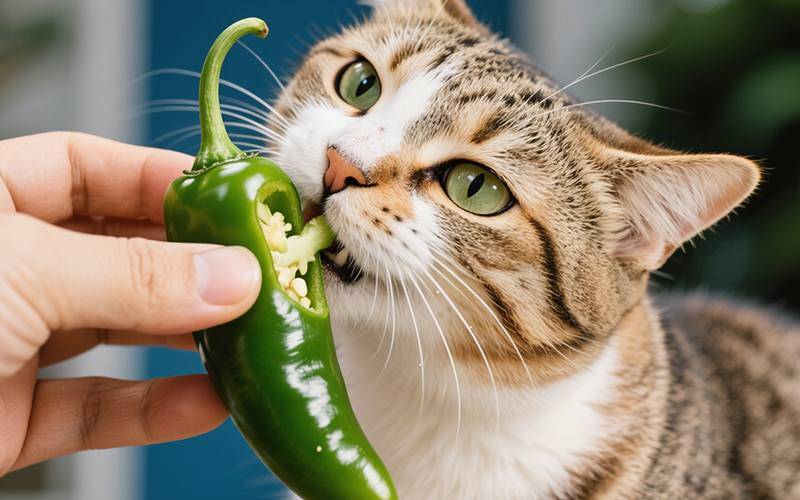
The Burning Question: Can Cats Eat Jalapenos? A Comprehensive Safety Guide
- 21 Apr 2025
Cool Temptation: Can Cats Eat Ice Cream Safely? The Vet-Backed Truth
- 21 Apr 2025
Frankly Dangerous: Can Cats Eat Hot Dogs? Vet Explains the Serious Risks
- 16 Apr 2025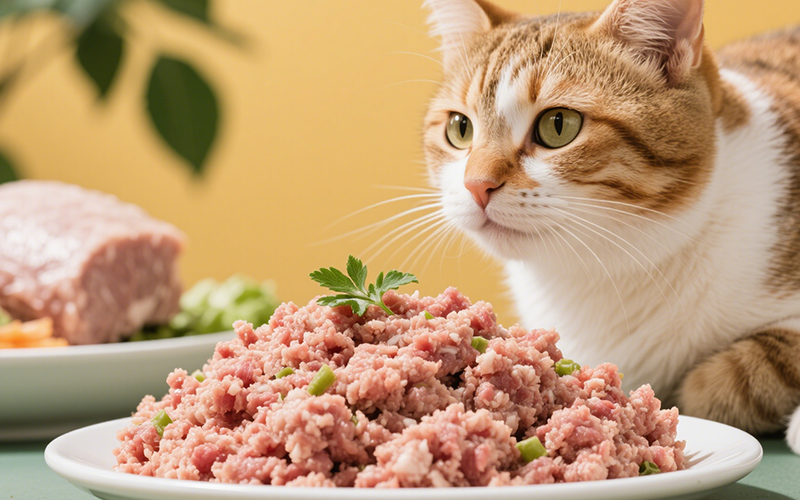
A Purrfect Protein? Can Cats Eat Ground Turkey Safely? (Vet-Reviewed Guide)
- 16 Apr 2025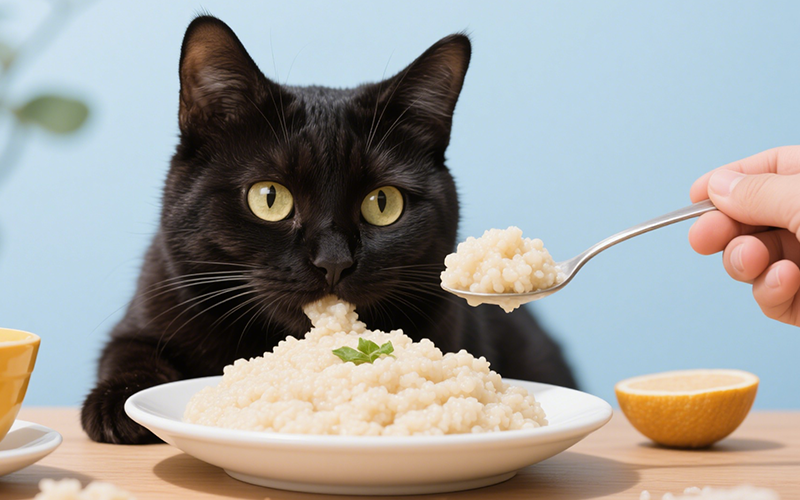
Gritty Situation: Can Cats Eat Grits Safely? Vet Explains the Risks
- 16 Apr 2025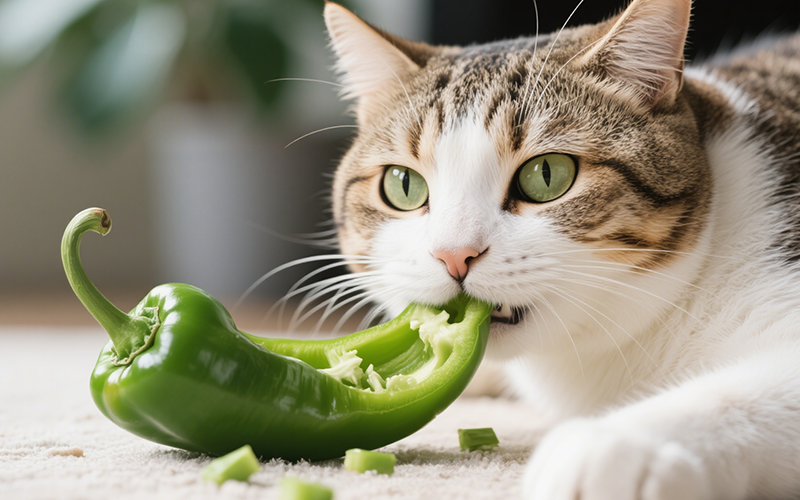
Crunchy Query: Can Cats Eat Green Peppers? A Vet-Reviewed Safety Analysis
- 16 Apr 2025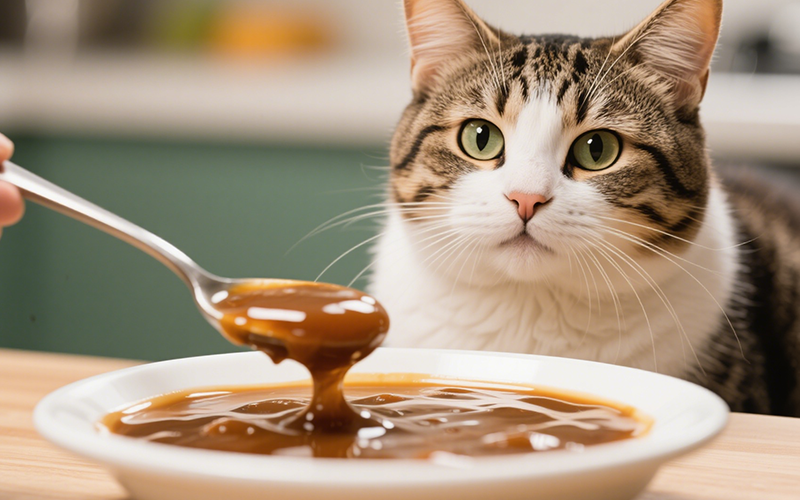
Gravy Danger Zone: Can Cats Eat Gravy Safely? (Vet-Reviewed Warning)
- 16 Apr 2025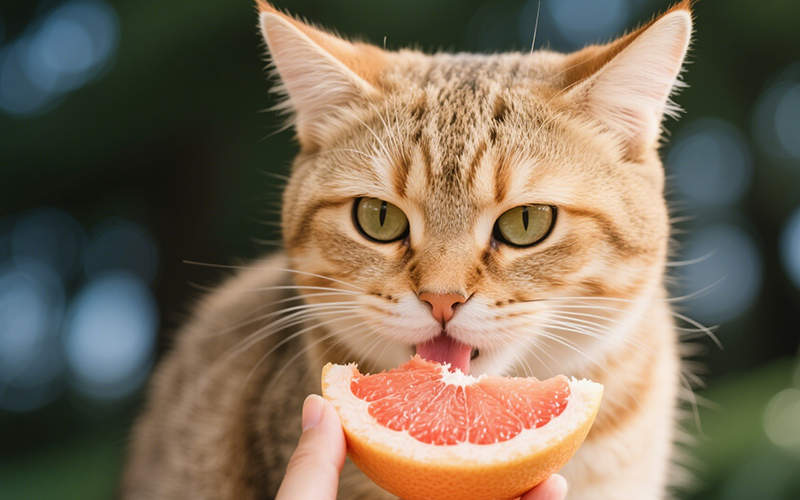
Toxic Temptation: Can Cats Eat Grapefruit? Vet Explains the Dangers
- 16 Apr 2025
Emergency Meal or Major Mistake? Can Cats Eat Dog Food For A Couple Days? (Vet Guide)
- 16 Apr 2025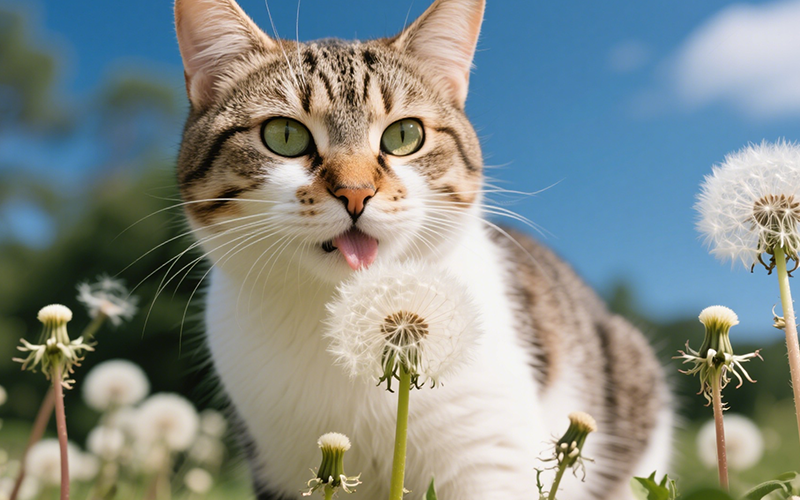
Dandelions & Felines: Can Cats Eat These Common Weeds Safely? Vet Explains
- 16 Apr 2025
